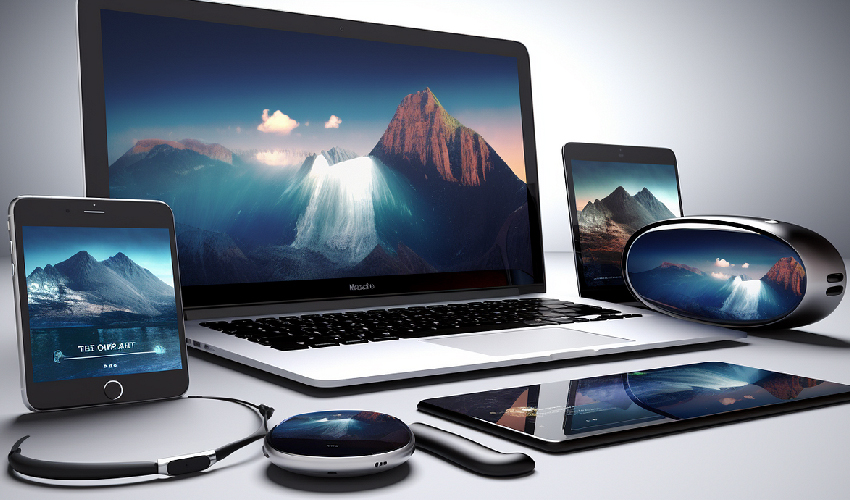Table of Contents
1. Introduction
In the fast-paced world of web and mobile app development, creating immersive user experiences is the key to standing out in the crowd. Users no longer settle for applications that merely function; they demand experiences that are intuitive, visually pleasing, and personalized to their needs. This article will guide you through the essential principles to achieve this goal.
2. Understanding User Experience (UX)

At the heart of immersive user experiences lies a deep understanding of UX. It encompasses the overall feel of using an application, including ease of use, efficiency, and user satisfaction. Prioritize user research to gain insights into your target audience’s preferences and pain points.
3. User-Centered Design
Develop with the user in mind. User-centred design involves creating solutions that cater to the needs, preferences, and behaviours of your audience. It’s about designing for the end-user, not the developer.
4. Responsive Design for All Devices

Immersive experiences should be accessible on any device. Implement responsive design techniques to ensure your application adapts seamlessly to various screen sizes and orientations.
5. Streamlined Navigation
Simplify navigation within your app. Users should effortlessly find what they’re looking for. A well-structured menu and intuitive layout can greatly enhance the UX.
6. Visual Appeal and Consistency
Aesthetics matter. Create a visually appealing design that aligns with your brand and maintains consistency throughout the application.
7. Interactive Elements

Interactivity engages users. Incorporate interactive elements like buttons, sliders, and animations to make the user experience more dynamic.
8. Performance Optimization
Speed matters. Optimize your app’s performance to reduce load times and ensure a smooth experience. Users won’t wait around for slow applications.
9. Personal
Personalize the user journey. Tailor content and recommendations based on user behavior and preferences, making users feel valued and understood.
10. Accessibility

Don’t forget about accessibility. Ensure that your app is usable by everyone, including individuals with disabilities. Compliance with accessibility standards is essential.
11. Feedback Mechanisms
Include feedback mechanisms to allow users to voice their opinions and report issues. This fosters a sense of ownership and shows that you value their input.
12. A/B Testing and User Feedback

Constantly improve your app through A/B testing and user feedback. Iteration is key to refining the user experience over time.
13. Continuous Improvement
User experience is not a one-time effort. Commit to ongoing improvements and stay updated with industry trends and user expectations.
14. Security Measures

Protect user data and maintain trust by implementing robust security measures. Security breaches can shatter the immersive experience you’ve worked so hard to create.
15. Conclusion
Creating immersive user experiences in web and mobile app development is an ongoing journey. By understanding your users, focusing on design principles, optimizing performance, and fostering user engagement, you can create applications that leave a lasting impression.
FAQs
1. What is the role of user research in creating immersive experiences?
User research provides invaluable insights into user preferences and pain points, guiding the design process to create experiences that resonate with the target audience.
2. How can I ensure my app is accessible to users with disabilities?
To ensure accessibility, follow established guidelines like WCAG and prioritize features like screen readers, keyboard navigation, and alt text for images.
3. Why is personalization important in user experiences?
Personalization enhances user engagement by delivering tailored content and recommendations, making users feel valued and more connected to the application.
4. What are the benefits of A/B testing in UX improvement?
A/B testing allows you to compare two versions of your app to determine which one performs better in terms of user engagement, conversion rates, and overall satisfaction.
5. How can I maintain a balance between security and user experience?
Balancing security and user experience involves implementing encryption, user authentication, and data protection measures while ensuring they don’t hinder the app’s usability.
Thanks for reading our post “Creating Immersive User Experiences in Web and Mobile App Development”. Please connect with us to know more about Creating Immersive User Experiences.










